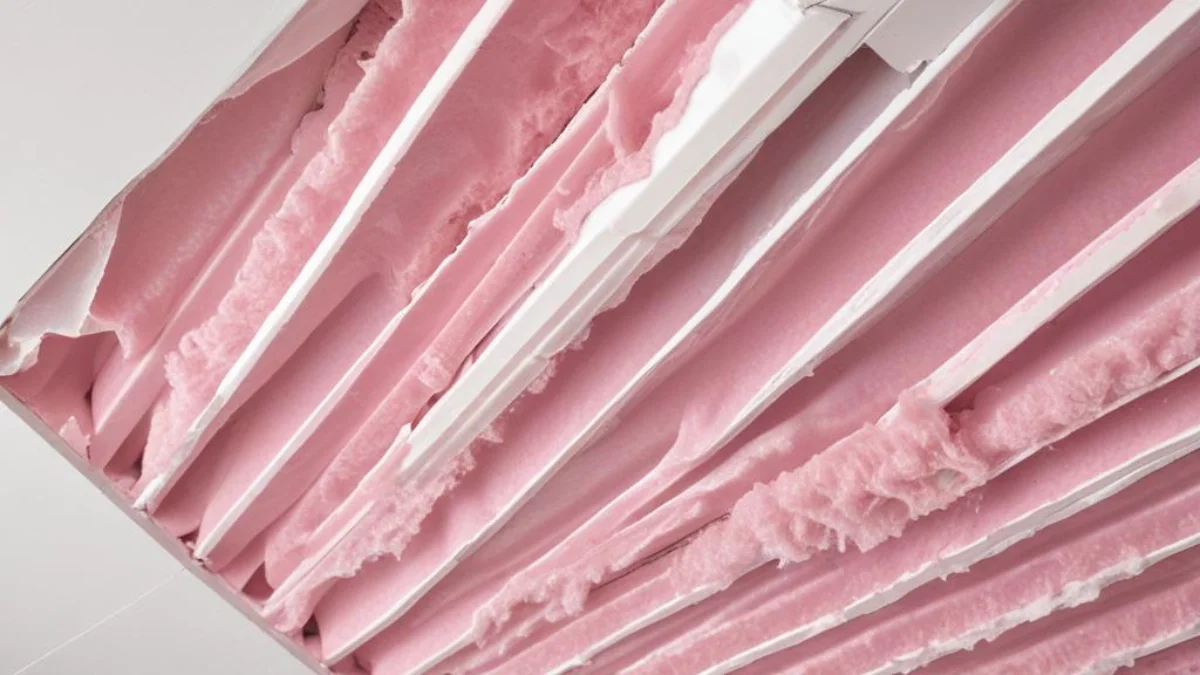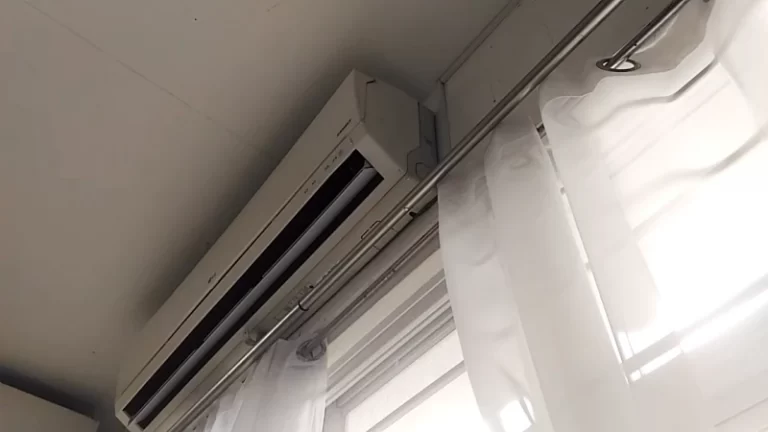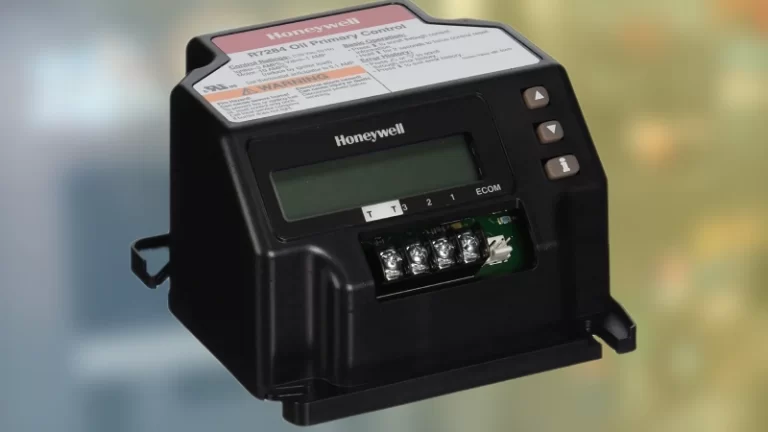Pink Stuff Coming Out of Vents? Here’s the Shocking Truth!
Have you noticed strange, pink, fluffy material blowing out of your air vents? This can be an alarming sight, leaving you to wonder what it is and if it’s dangerous. You’re not alone in this experience, and the answer is usually straightforward.
That pink substance is almost certainly fiberglass insulation. This is the most common type of insulation used in homes, and its appearance in your vents is a clear signal that something is amiss with your HVAC system or ductwork.
You'll Learn About
What is This Pink Stuff and Why is it in My Vents?
The pink, cotton candy-like material is fiberglass insulation, a material made of extremely fine glass fibers. It’s a popular choice for home insulation due to its effectiveness in regulating temperature and its relatively low cost. However, it should never be visible or circulating in your home’s air.
When you see it coming from your vents, it’s a symptom of a problem within your ductwork. The integrity of your air ducts has likely been compromised, allowing insulation from your attic, walls, or crawl spaces to enter the system.

The Primary Culprits: Damaged and Aging Ductwork
Over time, the materials that make up your home’s ductwork can degrade. This is especially true for older homes that may have flexible ducts made with a plastic liner. As this liner ages, it can become brittle and tear.
The constant flow of air through the ducts can then pull pieces of the surrounding insulation into the airstream. These pieces are then pushed through your vents and into your living spaces. This is a clear sign that your ductwork needs immediate attention.
Pests and Rodents: Uninvited Guests Wreaking Havoc
Unfortunately, pests like mice, rats, and squirrels can find their way into your attic or crawlspace. They often see your ductwork as a convenient and warm place to build nests. In the process, they can chew through the duct lines, creating holes and tears.
This activity not only damages the ducts but also dislodges the surrounding insulation. The HVAC system’s air pressure then easily forces this loose fiberglass insulation through the newly created openings and out of your vents. This is similar to issues one might find with exposed garage ceiling insulation where pests can cause significant damage.
Poor Installation or Recent HVAC Work
Sometimes the problem dates back to the initial installation of the ductwork or recent repairs. If the ducts were not sealed properly or if connections are loose, gaps can exist that allow insulation to be sucked into the system.
Similarly, if a technician was recently working in your attic or near the ductwork, they may have accidentally damaged a duct or dislodged insulation. Always check your vents after any HVAC maintenance or repair work.
Is Pink Fiberglass Insulation Dangerous?
While the sight of insulation is unsettling, the immediate health risks are generally low for short-term exposure. However, it’s not something to ignore. The fibers can be an irritant and pose potential health concerns, especially with prolonged exposure.
Direct contact with fiberglass can cause skin irritation, rashes, and itchiness. It’s crucial to avoid touching the material with your bare hands. If you do, wash the area thoroughly with soap and water.
Inhaling Fiberglass Particles
The biggest concern is the inhalation of these fine glass fibers. When airborne, these particles can be breathed in, leading to respiratory irritation. This can cause coughing, sneezing, and a sore throat.
For individuals with pre-existing respiratory conditions like asthma or allergies, these symptoms can be more severe. Long-term exposure to high levels of airborne fiberglass is not recommended and should be addressed promptly to ensure healthy indoor air quality.
Your Step-by-Step Action Plan to Fix the Problem
Seeing pink insulation from your vents is a problem that requires a clear plan of action. Do not simply ignore it or try to block the vent. You need to address the root cause to ensure a permanent solution.
Follow these steps to diagnose and resolve the issue safely and effectively. This process involves inspecting your system, cleaning up the mess, and making necessary repairs.
Step 1: Turn Off Your HVAC System Immediately
The very first thing you must do is shut off your heating and cooling system completely. This will stop the circulation of air and prevent more insulation fibers from being blown into your home.
Go to your thermostat and turn the system to the “Off” position. For added safety, you can also turn off the power to the HVAC unit at your home’s circuit breaker.
Step 2: A Thorough Visual Inspection
Next, you need to locate the source of the problem. This will require a careful inspection of your ductwork. You will need a good flashlight and should wear protective gear, including a mask, gloves, and long sleeves.
Access the areas where your ductwork runs, which is typically the attic, basement, or crawlspace. Look for any visible tears, holes, or disconnected sections in the ducts. Pay close attention to the areas directly above the vents where you saw the insulation coming out.
Step 3: Cleaning the Vents and Your Home
Before you can make repairs, you need to clean up the existing insulation. Use a vacuum cleaner with a HEPA filter to carefully remove the fiberglass from the vents and any surrounding areas where it has settled.
A HEPA filter is crucial as it is designed to trap very fine particles, preventing the fiberglass from being redistributed into the air. After vacuuming, wipe down surfaces with a damp cloth to pick up any remaining fibers.
Step 4: Repairing or Replacing Damaged Ductwork
Once you’ve identified the damaged section of the duct, you must decide whether to repair or replace it. For small tears or holes, you can often use mastic sealant or a high-quality aluminum foil tape specifically designed for HVAC use.
For more extensive damage, such as large rips or crushed sections, the entire piece of ductwork may need to be replaced. This is a more complex job and may require professional assistance. You might even consider if you can double up insulation in certain areas after the repair to improve efficiency, but the duct integrity comes first.
When to Call a Professional HVAC Technician
While some homeowners are comfortable with DIY repairs, dealing with ductwork can be challenging. There are several situations where calling a licensed HVAC professional is the best and safest course of action.
Professionals have the right tools, materials, and expertise to do the job correctly and safely. They can also perform a comprehensive inspection to identify any other potential issues with your system.
Signs You Need an Expert
| Symptom | Reason to Call a Professional |
|---|---|
| Widespread Damage | If multiple ducts are torn or the damage is extensive, a professional can efficiently replace the necessary sections. |
| Difficult to Access Ducts | If the damaged ductwork is in a hard-to-reach area of your attic or crawlspace, a pro will have the equipment to access it safely. |
| You Suspect a Pest Infestation | An HVAC technician can often work with a pest control company to address the rodent issue before sealing the ducts. |
| You’re Uncomfortable with the Work | If you’re not confident in your ability to perform a lasting repair, it’s better to invest in professional service. |
| The Problem Persists After DIY Repair | If insulation continues to appear after your repair, there may be an underlying issue you missed. |
The Benefits of Professional Duct Cleaning
After the repairs are complete, it’s a good idea to have your entire duct system professionally cleaned. Even after your own cleanup, there can be residual fiberglass particles and other debris throughout the ductwork.
Professional duct cleaning services use powerful vacuums and specialized tools to thoroughly clean the inside of your ducts. This ensures that all irritants are removed, improving your home’s overall indoor air quality.
Preventing Future Insulation Problems
Once you’ve resolved the immediate issue, you should take steps to prevent it from happening again. Regular maintenance is key to the longevity and performance of your HVAC system and ductwork.
A little proactive care can save you from costly repairs and the headache of dealing with insulation in your vents down the road. This is true for all insulated areas, including spaces like your closet insulation, where unseen issues can develop.
Implement a Regular Inspection Schedule
At least once a year, do a visual inspection of your ductwork. Look for any signs of wear and tear, sagging sections, or potential pest activity. Catching problems early makes them much easier and cheaper to fix.
Also, schedule professional HVAC maintenance annually. A technician will inspect your entire system, including the ductwork, and can spot potential issues before they become major problems.
Take Steps for Pest Control
Ensure your attic, basement, and crawlspace are sealed to prevent rodents from getting in. Seal any cracks or holes in your foundation and around utility entry points. Consider setting traps or hiring a pest control service if you suspect an issue.
By preventing pests from entering your home, you protect your ductwork from the damage they can cause. This is one of the most effective preventative measures you can take.
Conclusion: Don’t Panic, But Take Action
Finding pink insulation coming out of your air vents is a clear sign that your ductwork needs attention. While it’s not a five-alarm fire, it is an issue that should be addressed promptly to protect your home’s air quality and the efficiency of your HVAC system.
By following a systematic approach of shutting off the system, inspecting the ducts, cleaning the mess, and performing a proper repair, you can solve the problem effectively. And when in doubt, never hesitate to call a qualified HVAC professional to ensure the job is done right.


